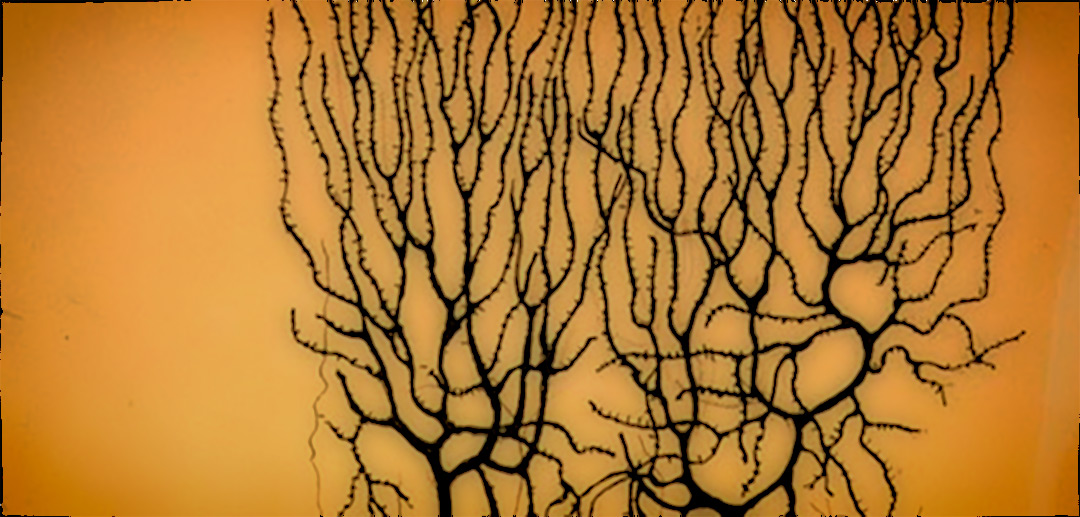Illuminating Complexity: The Art of Science Communication

Ihave always been enamored by the drawings of the neuroatonomist Santiago Ramon y Cajal, one of the fathers of modern neuroscience. His hand drawn renditions of neurons, based on histological examinations of brain slices, are simple, black ink on now golden with age paper: a tiny nodule with its long gangly axon extending from the inner envelopes of one place to the depths of another region in the brain, while a few short stocky dendrites created noisy pockets of synapses with nearby neighbors.
When I was a neuroscience student, these simple drawings illustrated the complexity of the neural system, they were an invitation to take part in further understanding the neurons, networks, and systems of the brain. Could Cajal have so effectively transmitted his knowledge to others (and more personally, inspired me) if he was a lousy artist, drawing the equivalent of stick-figure neurons?
Before exploring the brain, Cajal had considered becoming an artist, showing great prowess in intricately drawn pictures. But family pressures lead him into medicine and eventually he spent decades studying the fine details of not just the brain, but also muscles and tissues in other parts of the body. It seems undeniable to me that Cajal’s mastery in science was influenced by his draughtsman skills.
And of course, he was not and is not the first scientist to combine artistic interests with scientific endeavors. Leonardo da Vinci or Richard Feynman readily comes to mind. In fact, I would venture to say that we recognize that art and science can occupy the same space, celebrating scientists who are also musicians, artists, and poets. But we spend less time considering how artistic endeavors can at times be the best way to explore scientific topics. That a poet, a painter, a musician, or an actor can engage with audiences who might not otherwise not be exposed to scientific topics and issues. Science communication doesn’t need to be in the form of a lecture or an article to be effective at informing, exploring, or inspiring.
With that in mind, from time to time, we will highlight the artistic vantage point when it comes to science. How or why are artists influenced by science, what elements do they wish to explore, what insight do they want to pass on, and how are these modes of communication effective in our discussions about science.
